Submitted by WA Contents
UAE Pavilion will present eco-friendly cement prototype and photographs by Farah Al Qasimi
United Arab Emirates Architecture News - May 11, 2021 - 16:24 6425 views
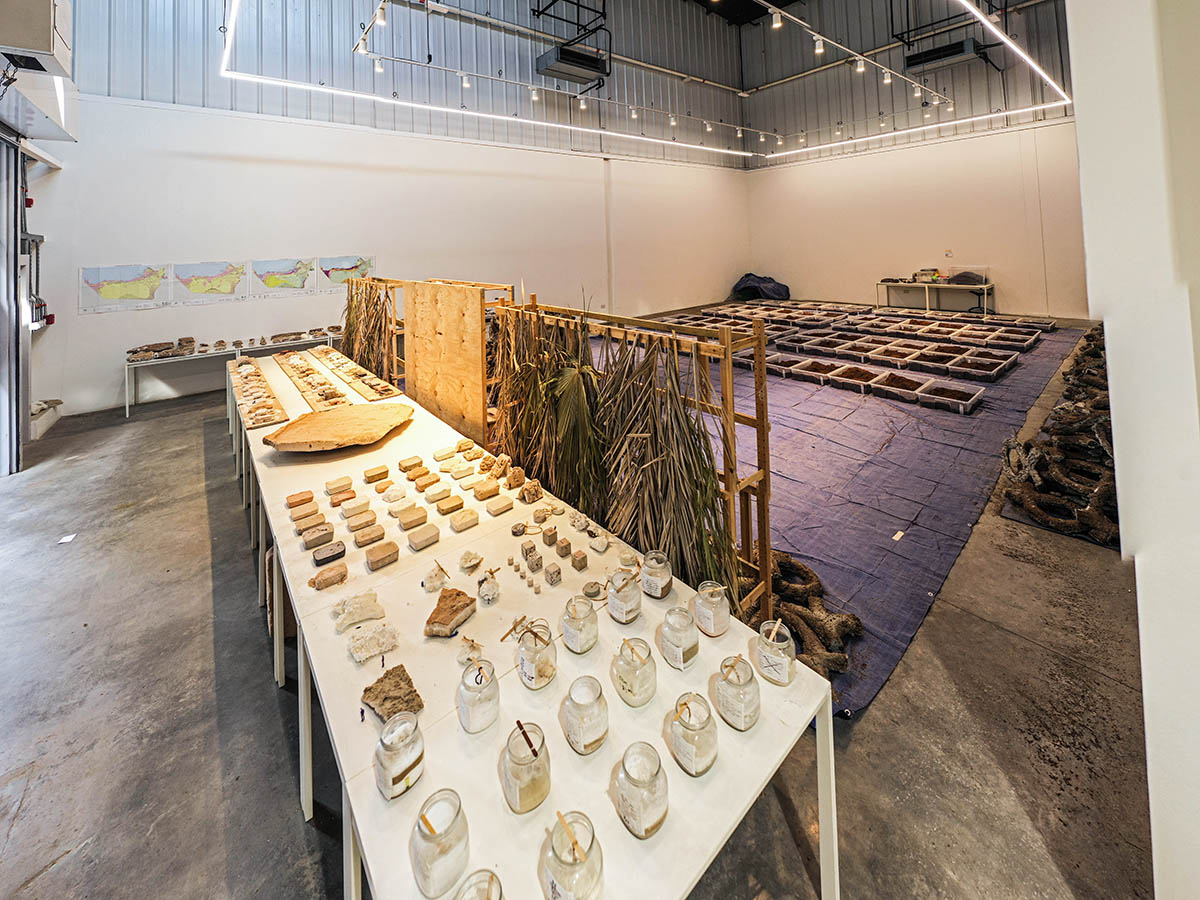
The National Pavilion of the United Arab Emirates’ will present a large-scale prototype structure created from an innovative, environmentally friendly cement made of recycled industrial waste brine, accompanied by commissioned photography by Farah Al Qasimi at the 2021 Venice Architecture Biennale - which will open to the public from May 22nd to November 21st, 2021.
The UAE Pavilion, entitled Wetland, is curated by Wael Al Awar and Kenichi Teramoto, will display a salt-based prototype is 2.7m tall and 7m x 5m wide on its exterior, creating a walkable interior space the size of an average room, 2.5m x 5m.

Kenichi Teramoto and Wael Al Awar. Image courtesy National Pavilion UAE La Biennale Di Venezia, photography by Seeing Things
The structure is formed from up to 3000 modules made of an MgO-based cement designed by the curators, Wael Al Awar and Kenichi Teramoto, in a collaborative research process.
The curators worked with specialist teams at NYU Abu Dhabi’s Amber Lab, the American University of Sharjah’s Department of Biology, Chemistry and Environmental Sciences, and the University of Tokyo’s Obuchi Lab and Sato Lab to develop the chemical formula for the cement and use advanced digital engineering technology to formulate a viable structure inspired by the concept of “future vernacular” architecture.
Throughout May, experimental early versions of the prototype will be on display at the Wetland research lab in Dubai’s Alserkal Avenue.
"Throughout our collaborative research process to develop a building material without the critical environmental impact of Portland cement, we’ve maintained a focus on a localized architectural practice deeply intertwined with the resources and environment of the Gulf," said Wael Al Awar and Kenichi Teramoto, architects and curators of the pavilion.
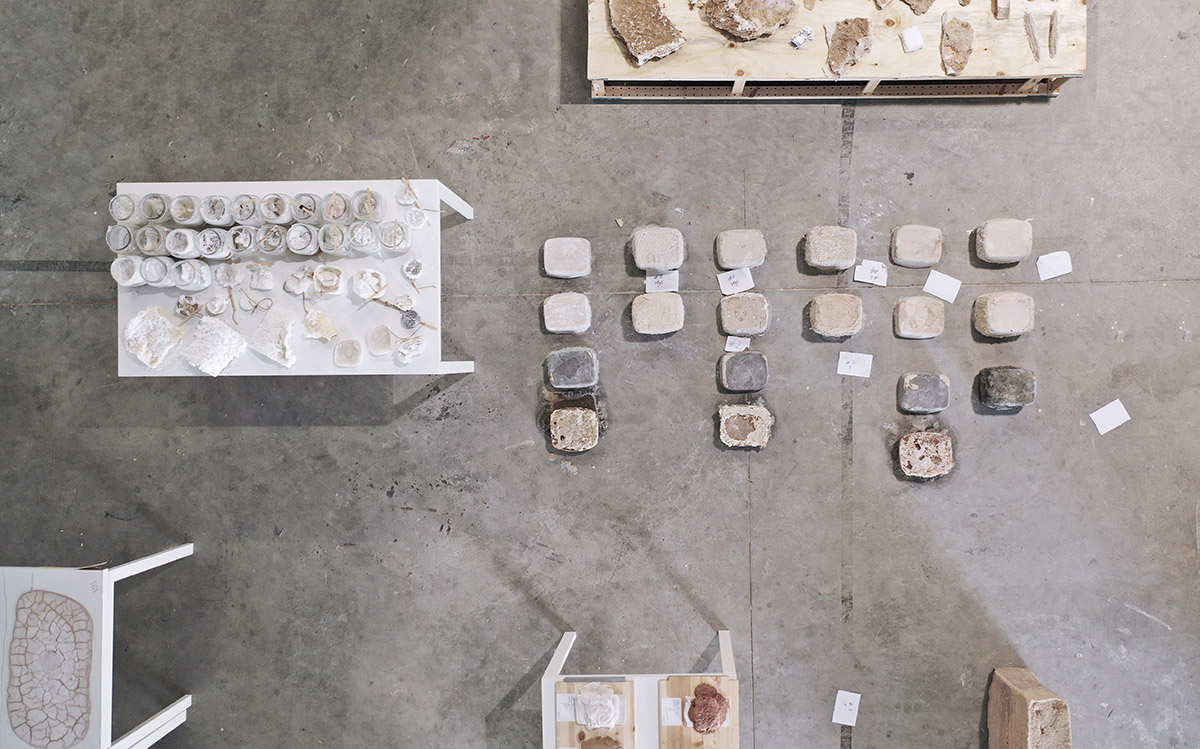
Image courtesy National Pavilion UAE La Biennale di Venezia, photography by Sahil Abdul Latheef
"Our MgO cement is made from brine leftover during industrial desalination, a resource that the UAE has in abundance. It has the strength and durability to be used in modern architecture in standard brick shapes, but for this exhibition, we have been inspired by the UAE’s traditional vernacular architecture of coral houses, to hand-cast modules in organic, coral-inspired shapes. In this way we are reimagining modern architectural processes and retaining a strong, poetic sense of the region’s identity and culture within the structure."
At the National Pavilion UAE, the prototype will be set against 4.5 meter wide, 3 meter high photographs of the Al Ruwais sabkha (salt flats), taken by New York-based Emirati artist Farah Al Qasimi.
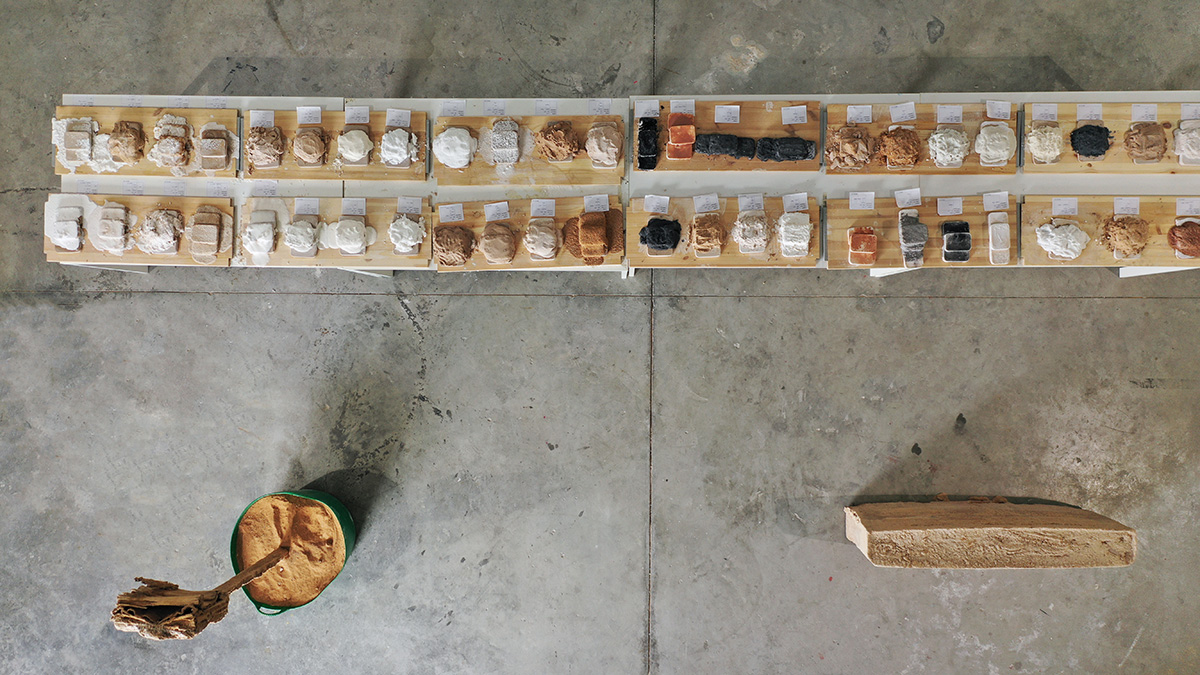
Image courtesy National Pavilion UAE La Biennale di Venezia, photography by Sahil Abdul Latheef
Taken in her trademark style, the scenic photographs capture the tension between urbanisation and nature in the UAE’s sabkha, which have been nominated as a UNESCO World Heritage Site due to their scale, cultural significance and ecological complexity.
"The scenery of the sabkha sites presents a moment of conflict and resolution. On and below the earth, the sabkha is a serene living environment with many layers of water, sand, salt and micro-organisms which have evolved in harmony to create a delicate ecological system that absorbs more carbon per square meter than the rainforest," said Farah Al Qasimi.
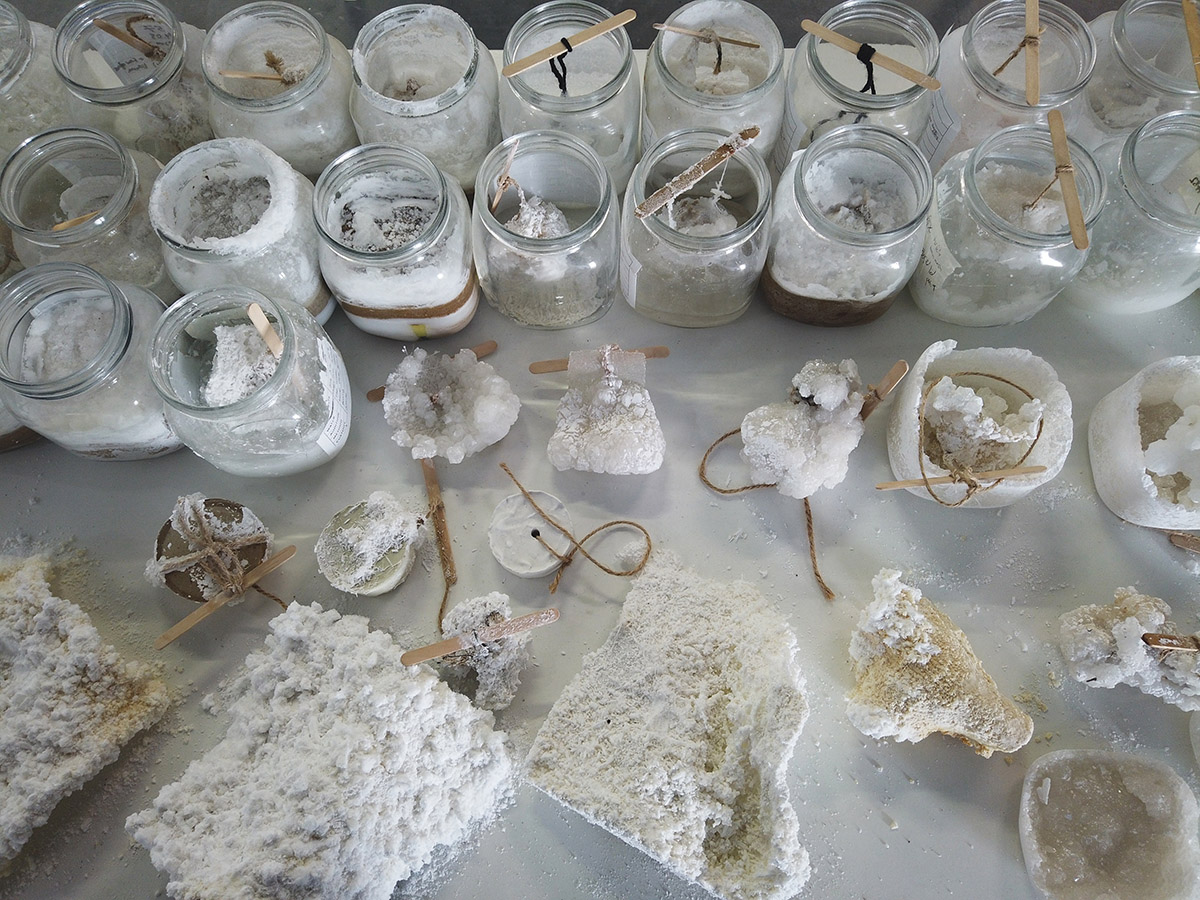
Image courtesy National Pavilion UAE La Biennale di Venezia, photography by Dina Khatib
"But directly above this natural phenomenon are high-tension voltage cables running to massive industrial facilities nearby, emitting an ear-splitting electrical buzz. My photographs of the site capture this tension between industrialization and the environment. I’m very proud to be contributing to the UAE’s pavilion, working with a cosmopolitan research team that really reflects the nation’s diversity."
The exhibition will also include a 3-minute soundtrack capturing the ecological story of the sabkhas with water moving underground, the desalination process that creates brine and the exhibition’s research journey.
An accompanying publication titled "The Anatomy of Sabkhas", written by urban researchers Rashid and Ahmed bin Shabib and co-edited by Wael Al Awar and Kenichi Teramoto, will explore the ecological and socio-economic significance of these natural phenomena in detail based on case studies, personal essays, and photography.
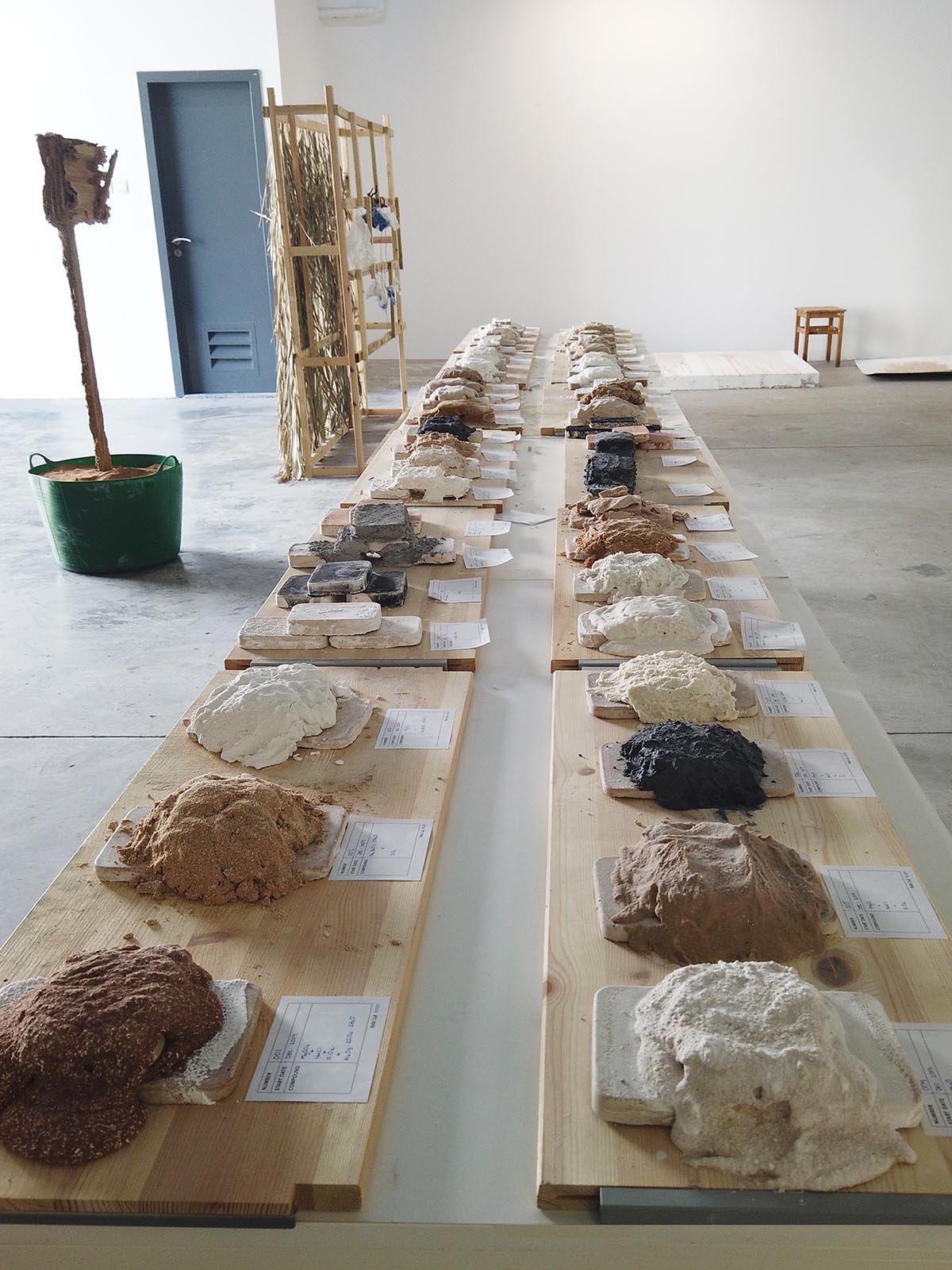
Image courtesy National Pavilion UAE La Biennale di Venezia, photography by Dina Khatib
A supplementary volume edited and written by Aga Khan Award-winning architect Marina Tabassum will detail the journey of Wael and Teramoto’s research for the Wetland exhibition.
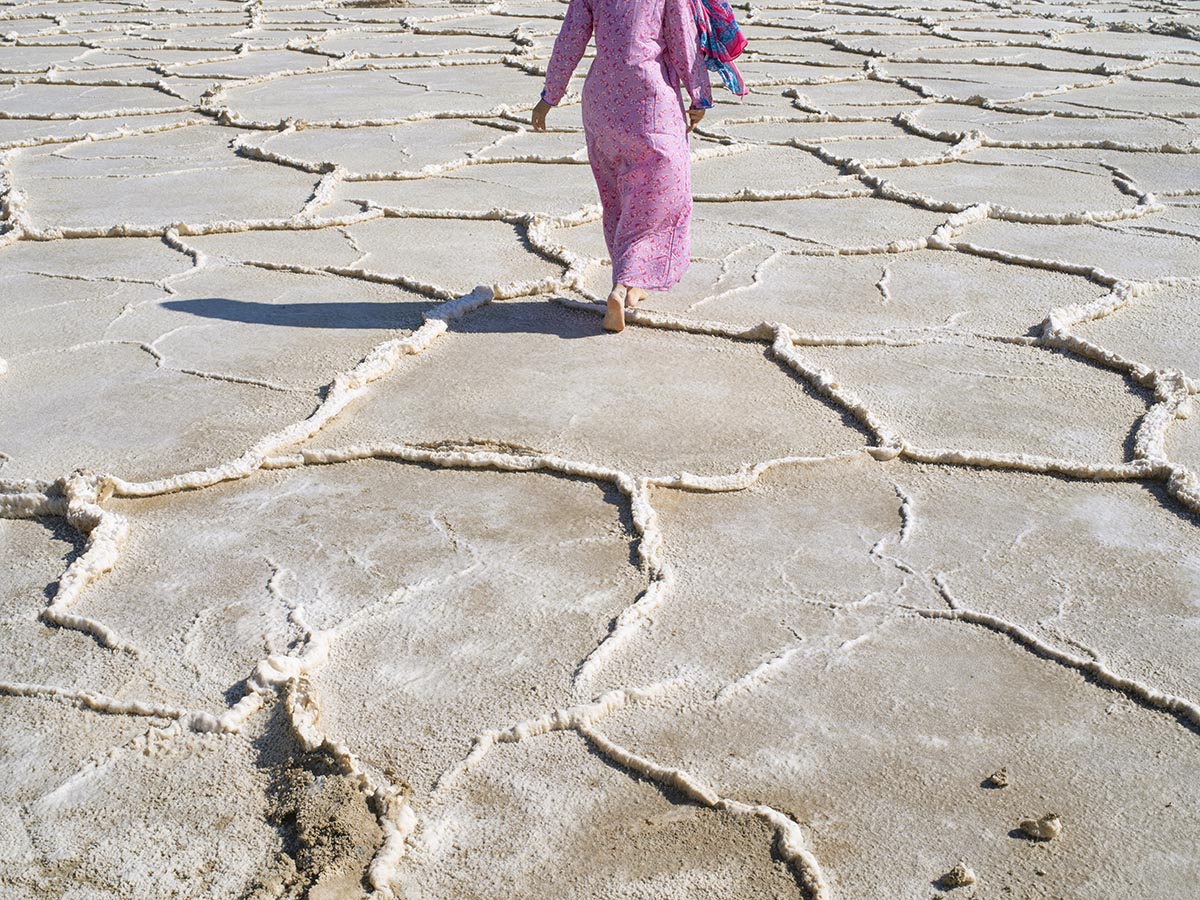
Artwork by Farah Al Qasimi. Image courtesy of National Pavilion UAE – La Biennale di Venezia
Wael Al Awar is also participating in the Curators’ Collective, a collaboration between curators of many of the national pavilions at the 2021 Biennale. Throughout the extended preparation period of the upcoming edition, the curators have met regularly to develop a manifesto for the future of architecture, generate ideas through dialogue and investigate new avenues to fulfil the Biennale’s platform for accessible collaboration.
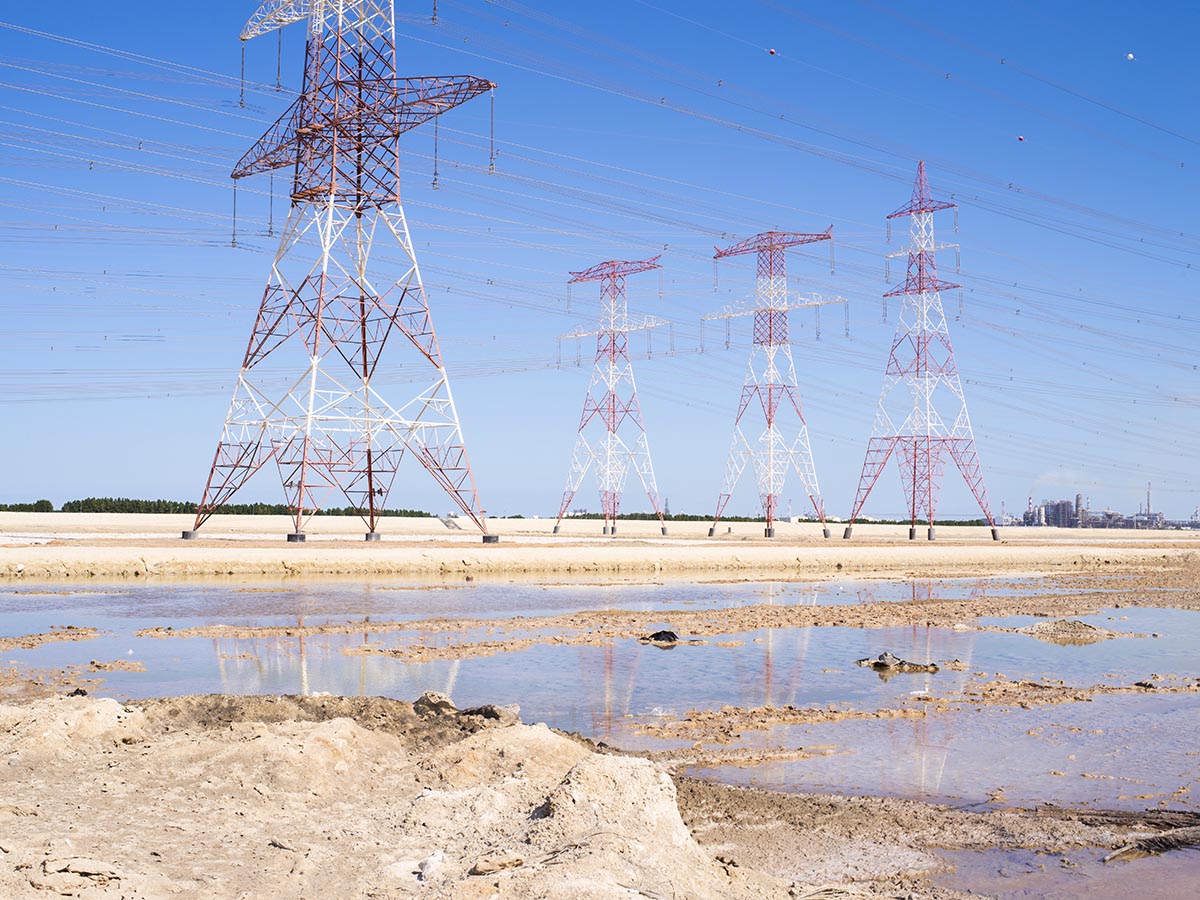
Artwork by Farah Al Qasimi. Image courtesy of National Pavilion UAE – La Biennale di Venezia
While preparing for the exhibition, the National Pavilion UAE continues to monitor the situation closely with the safety of staff and visitors as its top priority, and will make a digital version of the exhibition available on its website.
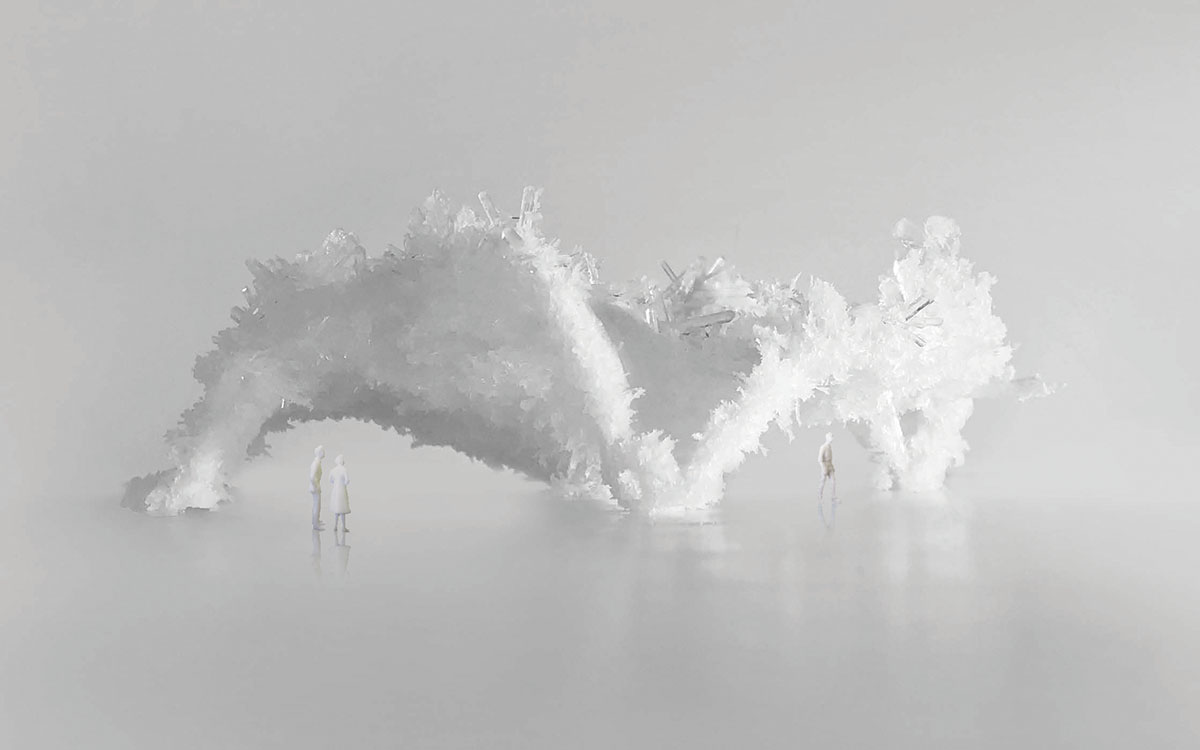
Crystallization experiments at waiwai office. Image courtesy National Pavil-ion UAE – La Biennale di Venezia and waiwai
Top image: Wetland Lab at Alserkal Avenue. Image courtesy National Pavilion UAE La Biennale di Venezia and waiwai. Photography by Sahil Abdul Latheef
> via UAE Pavilion
